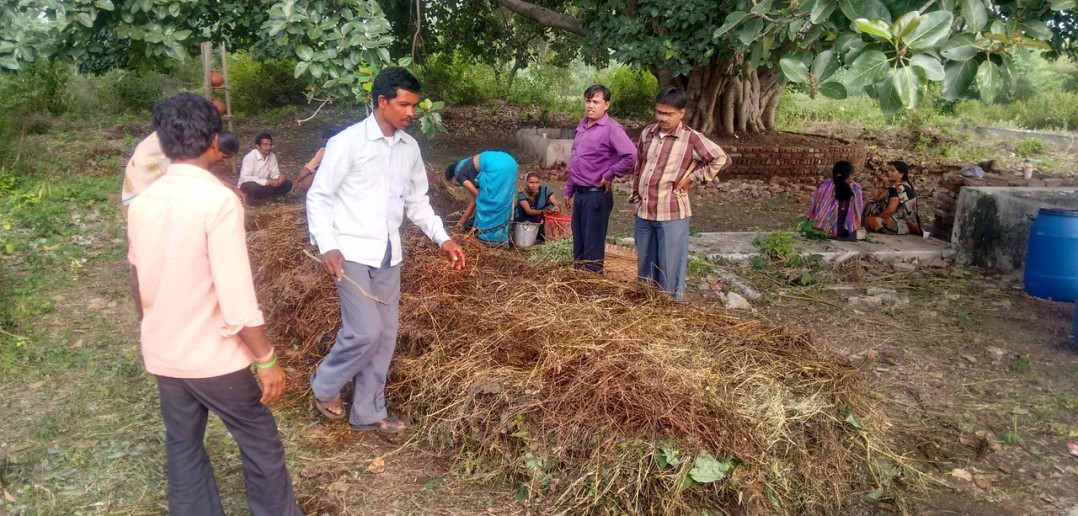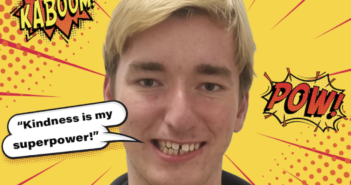When Suresh Dhondge developed leprosy his terrified parents did all they could to hide his disease from everyone – for fear no one would marry their two daughters and the family would be shunned by the community.
Dad Ramkrushna and mum Malti took their 16 year old son to a faith healer who prayed and performed religious rites. It did not work. They took him to a private doctor who treated him for a while.
It was only when Suresh had a severe reaction – painful nodules and swelling of the whole body – and the doctor warned their son could die without specialist treatment that they relented. He was admitted to Kondhwa Leprosy Hospital, in Pune, some 160 miles from his home, in Bhalegaon, in Maharashtra state, in India, where he was treated for two years before he was cured.
Had they stuck to their guns for fear of the stigma that 17 years on still forces thousands of people to hide their disease, Suresh would have been condemned to a life of misery.
Instead he resumed his education – he had dropped out of school to stop people finding out about his disease – starting with a computer course at the Leprosy Mission’s Vocational Training Centre (VTC) in Nashik. He later obtained a degree while working as an office boy during the week and studying on Saturdays. He now has three Masters: human resources, political science and social work.
His sisters are now married. And Suresh openly talks about his work and his leprosy in an effort to stop the stigma that delayed his treatment and left him with a permanently clawed left hand and two clawed feet.
Suresh said: “When I went into hospital my relatives came to know, and slowly the whole village found out.
“My family was excluded from all functions. My parents could not find anyone to marry my sisters. And my father died from a heart attack.
“It was a frightening time. I never thought I would ever grow up to have a normal life.”

Suresh showing villagers how to make compost
Suresh is now a project manager at Kothara Leprosy Hospital, in Amravati, Maharashtra. He works mostly among people who have leprosy-related deformities and other disabilities.
His perseverance in pursuing an education and his dedication to helping people with leprosy won him the Role Model award in the Leprosy Cured category of the Indian Government’s Empowerment of Persons with Disabilities awards in 2013.
He said: “When I got the award people were ringing me up to say they were ’proud’ of me. Now I bring people to the leprosy hospital to show them the work we do here and they are happy to visit.
“I try to use my own experience to stop the stigma so people affected by the disease will come forward for treatment. “There is a lot more work to be done, but I am proud to say that my whole village is stigma free.”
Leprosy is easily curable with multidrug therapy – a combination of rifampicin, clofazimine and dapsone tablets.
It is caused by Myobacterium Leprae and occurs commonly in areas of extreme poverty and where there is no access to clean water and sanitation.
It affects the nerves in the outer extremities and if left untreated leads to fingers and toes losing sensation. It means people affected are not aware when they burn or injure their hands or feet. Some 3 million people around the world are currently disabled as a result of late treatment.
For more information about leprosy go to www.leprosymission.org




